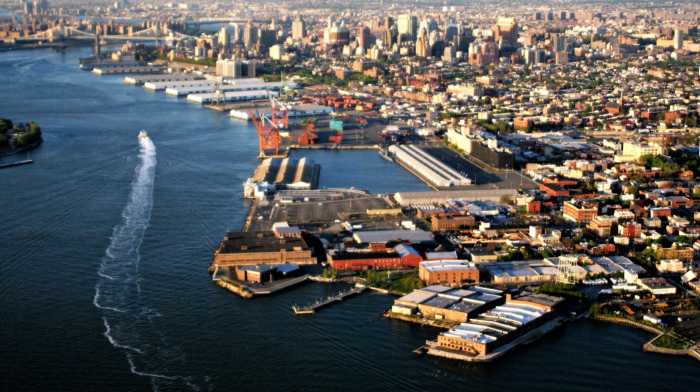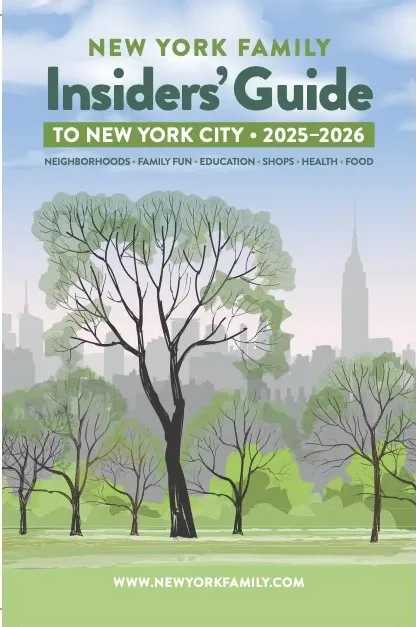Damn it, I’m jealous.
I watch with revulsion and shame the death throes of my local hospital, where I volunteered for more than a decade and sat on the monthly community advisory board. Where my kids went for stitches and doctor’s appointments, and thousands of lives have been saved since it was founded in 1858. The current and former owners of Long Island College Hospital played me and my neighbors for fools again and again.
This gives me a wistful, but also hopeful, lens to view the bubbling irritation about the new medical facility New York Methodist Hospital plans to build in Park Slope on Eighth Avenue, which will stretch down the sides of Fifth and Sixth streets.
It is striking how few people showed up to speak about these two really momentous situations, the unveiling of a major new medical facility and the closing of a hospital.
The way I see it, the majority of Park Slopers either support the New York Methodist plan or are neutral about it, as evidenced by the 70 to 80 people present at the meeting. The dissenters, who seemed to live on the blocks where the construction will be taking place, appeared to be shocked — shocked — to find that they live near a hospital that is about to construct a major new facility.
It’s hard to take people seriously who appear to have a personal axe to grind. While the dust, noise, inconvenience and unpleasantness of construction arouses my sympathy, a handful of unhappy neighbors does not a movement make.
Few showed up to save Long Island College Hospital, either. The opposition to closing the state-run institution had a hard time gaining traction, and somehow it morphed into a labor fight (“Save our jobs!”), which just couldn’t stimulate a vital response from Brooklyn Heights and Cobble Hill.
Apathy is awful. It was brutal to watch nothing coalesce to fight Downstate and Gov. Cuomo’s plans to pull the plug. It speaks to a leadership vacuum, the lack of willingness to mount a full-scale attack against the State University of New York’s board members, or whatever tactics it would take to save it.
But my hopeful reaction came from this: New York Methodist previously put forth plans for this new building, asked its neighbors for input and suggestions, and revised plans to reflect at least some of the community’s ideas.
As a result, the exteriors of the building have been modified to fit into the brownstone and limestone context a little better. Green, garden-covered roofs have been added to the Fifth Street portion of the building, which will make the Fifth Street neighbors’ views much nicer.
Community input meetings, where suggestions are actually implemented? Now that is a novelty!
I recall all too well the community meetings set up for Barclay’s Center and Brooklyn Bridge Park, which were truly an insult to attend. Mere charades during which no input was suffered, and naturally, none represented in the final products. Given that trend, it is all the more surprising that New York Methodist officials chose to work with Park Slopers to find compromises, when they could simply have done whatever they wanted with their property.
And then there’s three levels of underground parking. The hospital clearly understands the realistic traffic complaints. As I see it, the traffic is the serious downside of this venture.
In our environmental mindset, surrounded by bike lanes on every street, it is tempting to think we can keep people from coming to a medical facility in cars. But the reality is, if you are having an outpatient procedure, or simply do not feel good, you are not going to walk or take public transportation. You will most likely need to be driven back home, no way around it. So the parking is a necessity.
The hospital did bow to community pressure and redesigned an internal tunnel, keeping all traffic on Sixth Street rather than flow onto Fifth Street, too. But there is a ton of traffic back-up now, and it will only increase as out-patient offices multiply all over the city.
This project has been described as “massive” by this newspaper, and those of us who cherish the charming streets and small buildings that characterize Park Slope will surely feel a difference. But consider the construction boom that has been taking place in Brooklyn Heights, with its similar aesthetic. Set-back additions atop old and elegant buildings, some utilizing glass to blend into the sky, are now commonplace. The former Board of Ed building at 110 Livingston St. is an example (albeit a tall one). The nice thing about this technique is, it doesn’t change the feel of the neighborhood as you walk through it.
Some are puzzled why these hospital-owned buildings planned for demolition were not landmarked, but it’s a non-issue. They are not going to be retroactively landmarked now! I love the historic nature of Brownstone Brooklyn, and am really glad so much has been preserved. But not everything needs to be. Especially when there is a big potential benefit to our health and well-being.
So Park Slopers have not only a working hospital, but one that is expanding and cutting-edge, too. One that actually listens to them and takes their concerns seriously.
That is definitely something to be jealous of.
Celia Weintrob, the publisher of The Brooklyn Paper, has lived in Brooklyn Heights for more than 25 years.
























